Read next
The latest news, updates and expert views for ambitious, high-achieving and purpose-driven homeowners and property entrepreneurs.

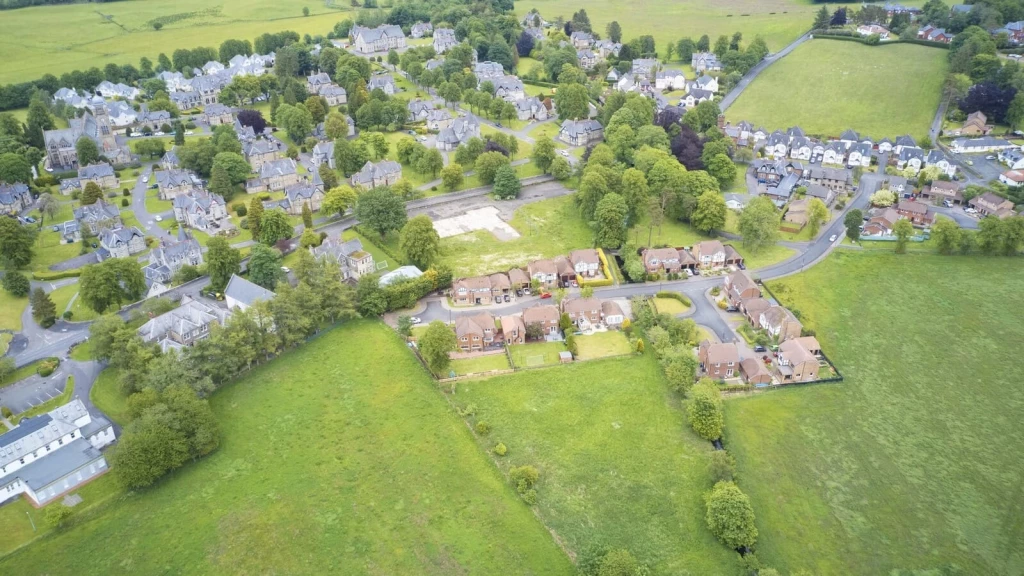
Getting planning permission to build on the Green Belt may be tricky - but it’s certainly not impossible.
Yes, you read that correctly.
Building on England’s Green Belt, in the right circumstances, can be achieved.
But, why would you want to build in the Green Belt? Isn’t it an important policy designed to protect the environment?
Though we understand where you got this idea, the fundamental purpose of the Green Belt isn’t actually environmental preservation - it’s to prevent urban sprawl.
Did you know:
As these stats indicate, the reality of the Green Belt doesn’t quite meet the image many Brits have in their minds of rolling plains of green that should be protected at all costs.
Rather, much of it is inaccessible land that’s locked off for farming and golfing, and many pockets are far more grey than green.
This truth is why finally, in December 2024, an updated NPPF was published featuring a number of substantial changes to Green Belt policy.
Through this article, we’ll be discussing these changes and explaining why they are vital for helping England out of its crippling housing crisis.
We’ll also debunk some lasting Green Belt myths and discuss the current Green Belt exceptions and special circumstances that might help you get your Green Belt build over the line.
There’s certainly a lot to get to, so let’s jump right in.
Green Belt land refers to the designated zones around major towns, cities and settlements that have the fundamental purpose of preventing urban sprawl and retaining the openness of the countryside.
Though it’s widely thought to be an environmental policy, the Green Belt actually exists to serve five key purposes, as outlined in the National Planning Policy Framework (NPPF):
For some added context, Green Belt designated land covers roughly 12.6% (1,638,420 hectares) of the land area of England, which you can see highlighted on our handy Green Belt map.
According to the most recent statistics, the South East of England has the largest share of Green Belt land at 305,280 hectares, making up 16% of its total area, followed by the West Midlands with 264,500 hectares, or 20.3%.
In contrast, South West England and the East Midlands have the smallest proportions of Green Belt land at 4.5% and 4.9% respectively, totalling 107,970 hectares and 77,410 hectares.
Take a moment to consider this: it’s a policy with a history dating back to 1580 when Elizabeth I first established a three-mile ring around London to prohibit building on land that had not been previously developed. Though it’s seen many iterations, until the December 2024 NPPF update, the most recent policy was established almost 80 years ago as part of the Town and Country Planning Act 1947.
In 2024, Green Belt policy was finally updated to better align with a modern context and to elevate homebuilding rates to where they need to be.
The finalised NPPF outlines multiple updates, but in the interest of time, we will give you a brief overview of the new Green Belt rules to know.
While this provides a brief overview of the Green Belt changes, we delve much deeper into the topic in our article discussing the implications of the new NPPF 2024 for developers. We encourage you to explore it for a more detailed analysis.
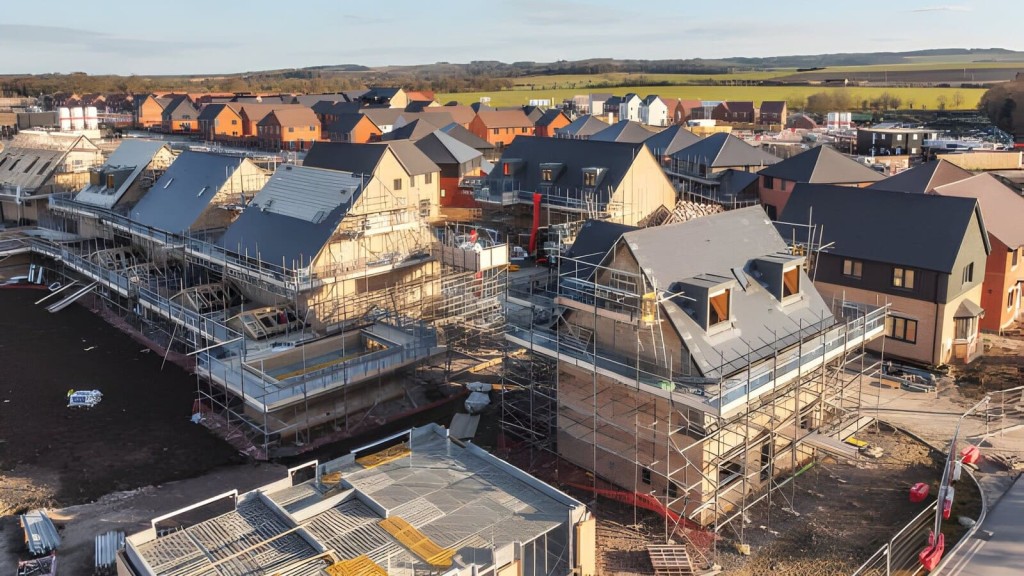
Not convinced that building on the Green Belt is the right approach? Let us explain why we think it is.
While we’re by no means endorsing ripping up areas of genuine natural value and replacing them with skyscrapers, the Green Belt is vastly misunderstood and in our opinion, has held England back for too long.
In light of this, let’s review a few of the reasons why we should abandon our preconceived ideas about the Green Belt and accept that building on parts of the Belt is socially progressive and pragmatic, rather than anti-environmental and destructive.
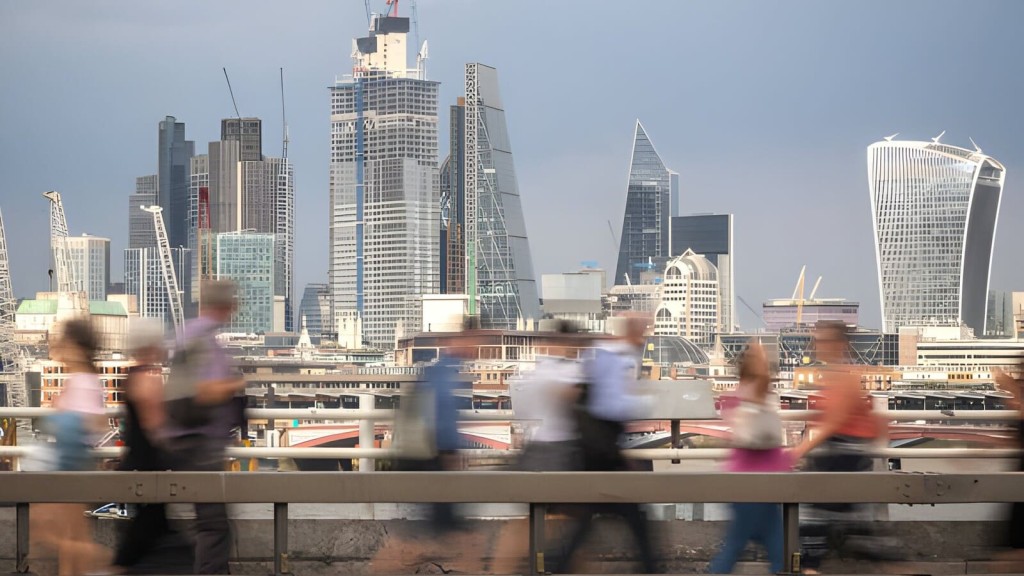
It’s no secret that England is in the midst of a devastating housing crisis and there are many factors contributing to this situation:
Of course, another critical piece of the puzzle is a lack of available land for development. Research shows that opening up as little as 2% of Green Belt land for development could help deliver between 1.7 and 2.1 million new homes, which would go a long way to providing the affordable housing England so desperately needs.
Amidst this pressing crisis sits the Green Belt, a significant but contentious restriction on building in many of the areas where housing is most needed. By reassessing the use of the Green Belt, we will hopefully unlock a vital key to meeting the growing demand for housing.
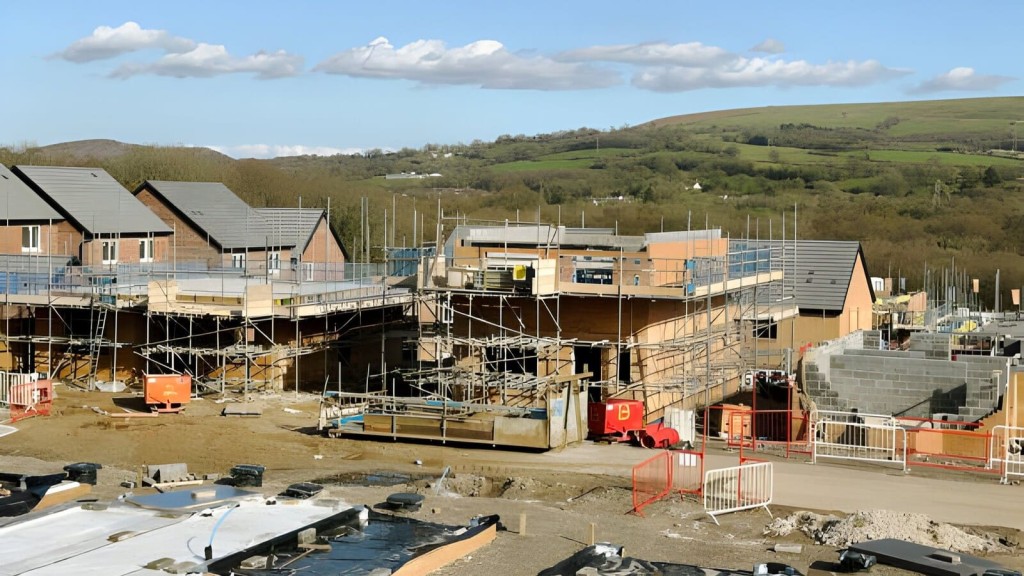
Put simply, ‘brownfield’ is land that has been previously developed and since 1995, has been prioritised over ‘greenfield’ land (land that has never been built upon) for new development.
The preference for building on brownfield land is tied to the assumption that because it’s been built on before, it now holds little to no biodiversity and should therefore be made use of - this isn’t always true however and many brownfield sites actually offer vast amounts of biodiversity.
Even in the cases where it is true, the facts of the housing crisis and its profoundly unequal social impacts demonstrate that brownfield development has long been an insufficient route to meeting the country’s ambitious housing targets.
This is because focusing primarily on brownfield development involves substantial remediation and infrastructure costs, which can slow progress. Additionally, in regions like the Midlands, where "brownfield first" strategies have been extensively implemented, the most suitable sites are already developed, making further pushes less impactful in resolving the housing crisis.
But here’s the kicker: it has been mathematically proven that there is simply not enough brownfield land appropriate for development to continue to meet the rising demand for housing in the UK.
Though touted as the superior alternative to building on the Green Belt, the reality is that London does not have vast swathes of vacant brownfield waiting to be redeveloped and therefore, it cannot be the answer to solving England’s immense housing problem.
Almost all of the city’s brownfield land is either already in use or part of plans for new housing. Plus, there is practically no significant “derelict” land in London, and about two-thirds of that already has housing on it. To build new housing would require the removal of existing structures – a slow, difficult, and expensive process.
In its defence of the Green Belt, Natural England writes that, in the face of ever-increasing land pressures, it is vital to safeguard such uses as “recreation and attractive landscapes.” But when considering the human stakes of the housing crisis and the populations left most defenceless by it, it is difficult for such aims to not come across as tone-deaf. Plus, as discussed, these recreational and aesthetic values are an overstated fallacy of much of the existing Green Belt.
Outside of brownfield sites, there is an abundance of land with low landscape value or importance in the Green Belt and, as mentioned, developing even a small 2% proportion of the Green Belt could make a significant difference to housing supply in England.
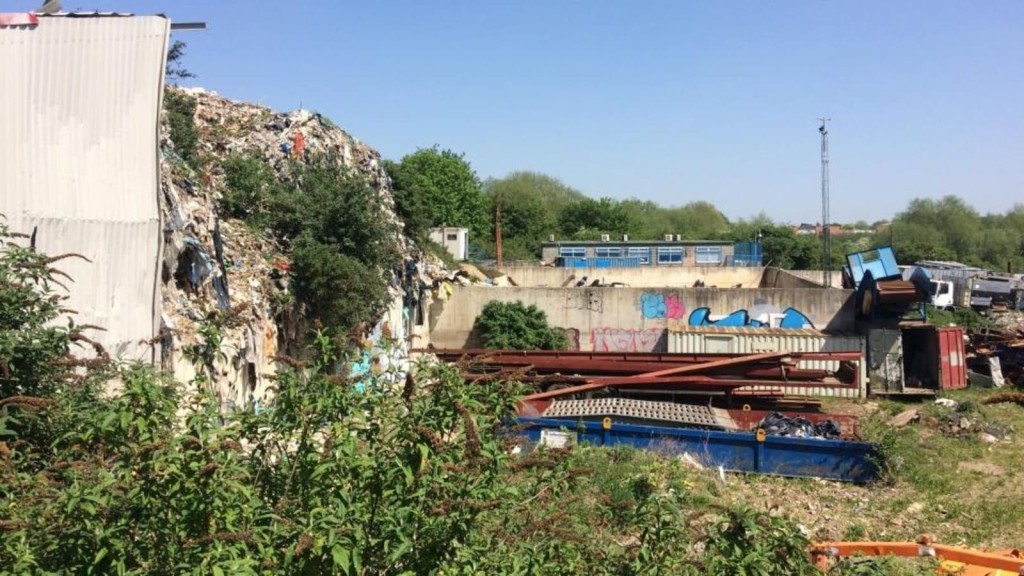
There is a common misconception that the Green Belt consists solely of lush open parklands and rolling hills and though the myth of its ecological beauty persists, there’s nothing particularly green about the Green Belt.
When you draw a ring around a town or city and put everything within that ring under a blanket designation, it means that land is flagged because of where it is, not because of what it is. Geographic location alone makes land part of the Green Belt, not scientific value or environmental quality.
Though most people (ourselves included) would agree we should protect the environment and our nation’s precious areas of natural beauty, land in the Green Belt doesn’t fall into this camp and it’s important to once again reiterate that it isn’t allocated because of its aesthetic or ecological quality, but for its location and to prevent urban sprawl.
This surprises a lot of people.
Importantly, parts of England that are truly deserving of environmental protection are already covered by designations like Areas of Outstanding Natural Beauty (AONB) an Sites of Special Scientific Interest (SSSIs), which promote public access to preserved environmental assets.
So, for anyone unconvinced that developing parts of the Green Belt will mean destroying England’s natural beauty, you can rest assured careful protections are already in place.
Ultimately, too many of us conflate the idea of the Green Belt with images of breathtaking green countryside, which, of course, can largely be credited to its evocative title. But, imagine if the Green Belt was more fittingly renamed the ‘urban sprawl containment policy’ - suddenly the imagery is far less vivid.
Generally speaking, building in the Green Belt won’t be given permission unless there are very special circumstances at play that outweigh the harm to the Green Belt.
There’s no defined list of what exactly these circumstances look like, but below we’ve included a few of the instances that have been considered to be special circumstances in the past.
Generally speaking, building in the Green Belt won’t be given permission unless there are very special circumstances at play that outweigh the harm to the Green Belt.
There’s no defined list of what exactly these circumstances look like, but below we’ve included a few of the instances that have been considered to be special circumstances in the past.
As well as these very special circumstances, there are also a number of Green Belt exceptions that allow for building to go ahead.
While these exceptions and circumstances aren’t a guarantee to gaining planning permission on Green Belt land, they are your best bet, and if carefully argued with an experienced team, securing Green Belt planning permission is possible.
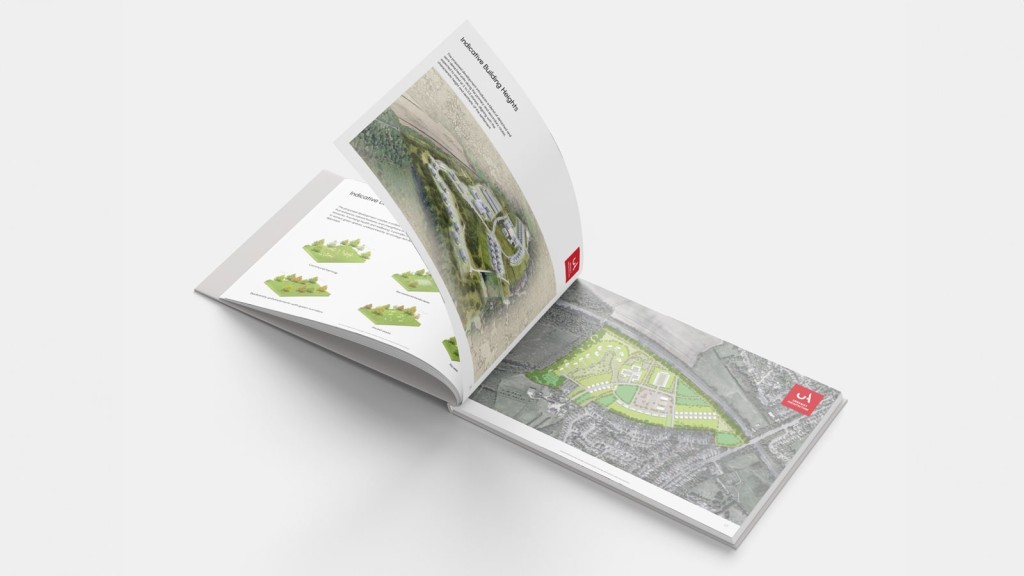
Green Belt projects are a specialist area of architecture and planning. The challenges are hugely different from, for instance, designing for a tight urban plot in inner London.
Therefore, in order to have a decent chance of succeeding, you need a team who not only can design the exceptional buildings required but can also understand the mindset of the planning authorities who oversee Green Belt land.
Ideally, you need two consultants to help you: an expert in Green Belt planning permission and a chartered architect specialising in Green Belts to ensure that your development is feasible, as each project is assessed on its own merits.
Below is a selection of decision notices for planning applications that have been approved within the Green Belt:
It’s crucial to emphasise that every project is unique, each with its own set of challenges and opportunities.
What does this all mean for you?
To navigate the complexities of Green Belt development, your professional team must meticulously assess your site against the nationally set Green Belt exceptions that allow construction in areas where it would otherwise be discouraged.
Should your project not naturally align with these exceptions, your team must then consider whether it is feasible to present a compelling argument based on 'very special circumstances.' This approach requires not only a deep understanding of the regulations but also creative and strategic planning to enhance the likelihood of obtaining approval.
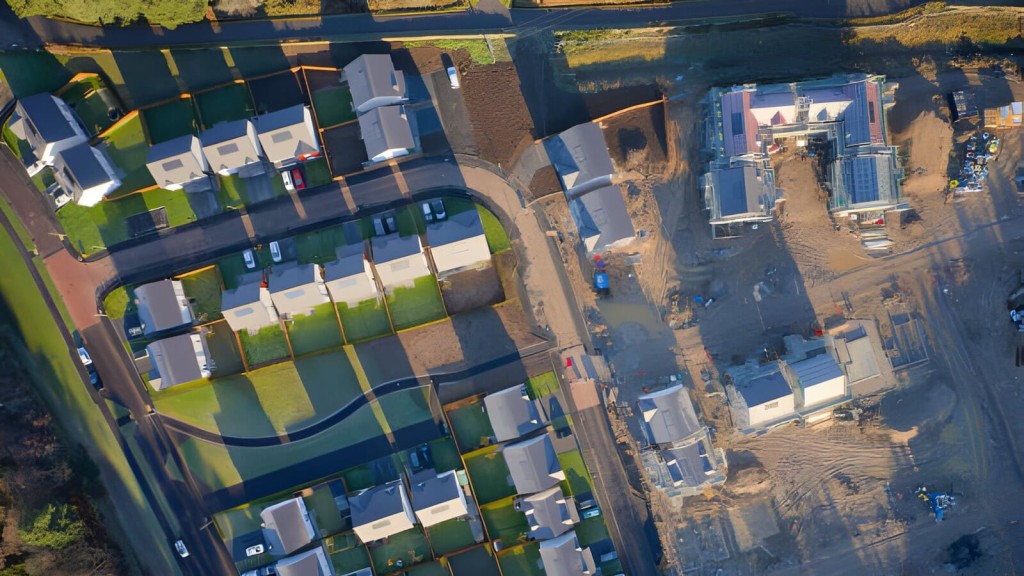
Imagine this: you come across a promising looking Green Belt site and are advised by the estate agent that the chances for residential development are high. You’re confident that this project is going to yield a great profit and so you purchase the plot without doing any due diligence to avoid missing out on the opportunity.
Only once you’ve applied for planning permission do you realise that your development is completely unfeasible and that it doesn’t meet any very special circumstances or fit into one of the Green Belt exception categories that allow for development in the Green Belt. Now, you’re stuck with a property you can’t develop and that will likely be hard to sell on.
Of course, this all could have been avoided had you done your due diligence and followed the correct steps in the first instance.
A word of warning - be wary of estate agents who claim to provide indications of a plot's potential without a thorough assessment prepared by a qualified professional. The process of acquiring and developing land in the Green Belt is complex and requires careful consideration of numerous factors, many of which can only be uncovered through detailed assessments and feasibility studies.
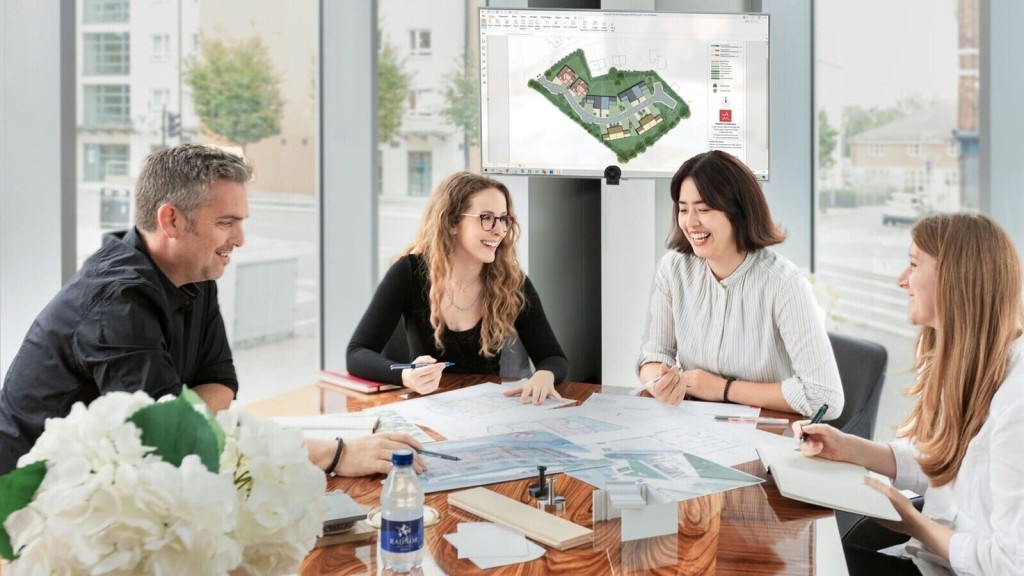
As we said at the very start of this article, while building on England’s Green Belt is difficult, it’s certainly not impossible. With the right planning strategy and circumstances, you may just get your project approved.
So, why work with us?
Our team of Green Belt architects and planning consultants is fast earning a reputation as one of the country’s leading planning and architecture firms - particularly when it comes to Green Belt planning permission - and we know how to produce results that meet the expectations of the council while exceeding those of our clients.
Please doget in touch if you’d like to discuss your project.
As you likely gathered from reading this article, the Green Belt is one of the most contentious and misunderstood pieces of planning policy in England and it’s a topic we at Urbanist Architecture have a lot of experience working with. For this reason, we decided to pool our learnings and pen a book delving deep into the Green Belt from every possible angle.
‘Green Light to Green Belt Developments’ investigates the policy's biggest winners and losers, and explores its connections to climate change and the housing crisis, as well as what the future might hold, particularly now a new Labour government is in power. It also looks at the history of the policy and how it managed to endure while other policies have evolved and adapted with the times. Of course, it also identifies the exceptions and circumstances that exist for permitting development in the Green Belt, so you can better your chances of gaining planning permission.
We’ve written this book for anyone seeking a more rounded understanding of one of England's most debated urban planning issues, making it accessible to both industry professionals and the general public.
Whether you are a landowner in the Green Belt wishing to understand the potential for land value uplift or a developer planning to build new homes in the Green Belt, this book is an essential read. Order your copy now.

Urbanist Architecture’s founder and managing director, Ufuk Bahar BA(Hons), MA, takes personal charge of our larger projects, focusing particularly on Green Belt developments, new-build flats and housing, and high-end full refurbishments.
We look forward to learning how we can help you. Simply fill in the form below and someone on our team will respond to you at the earliest opportunity.
The latest news, updates and expert views for ambitious, high-achieving and purpose-driven homeowners and property entrepreneurs.
The latest news, updates and expert views for ambitious, high-achieving and purpose-driven homeowners and property entrepreneurs.

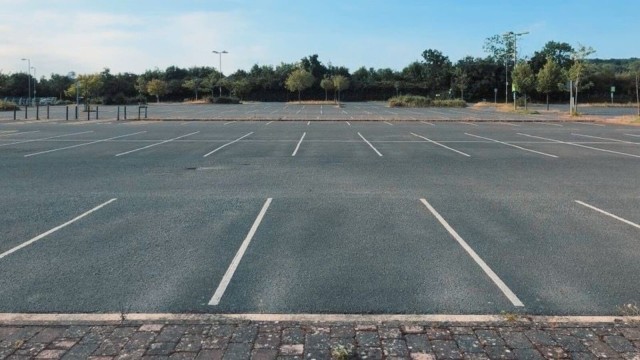
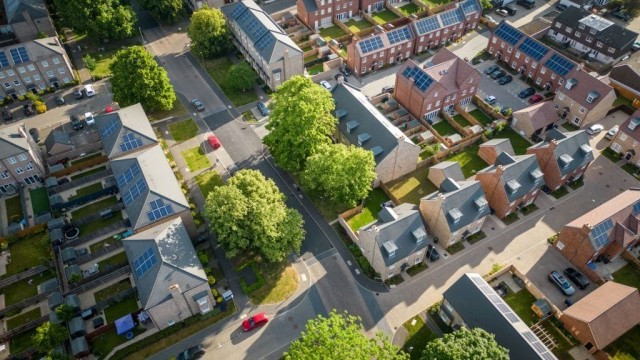
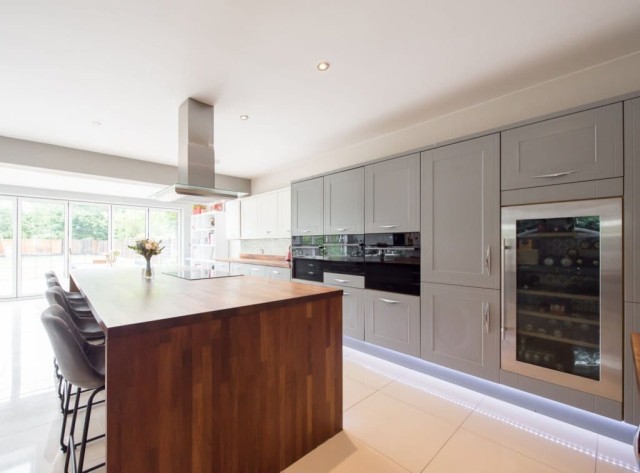
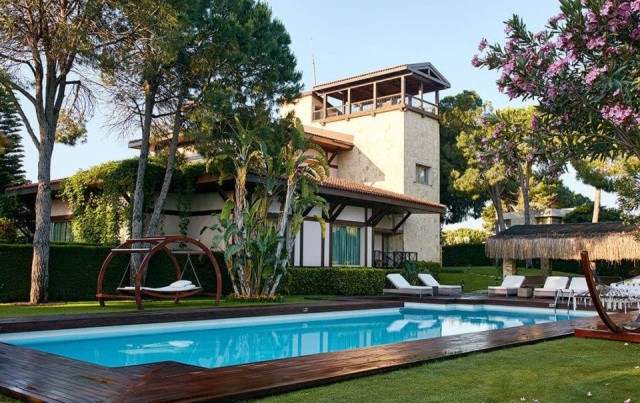
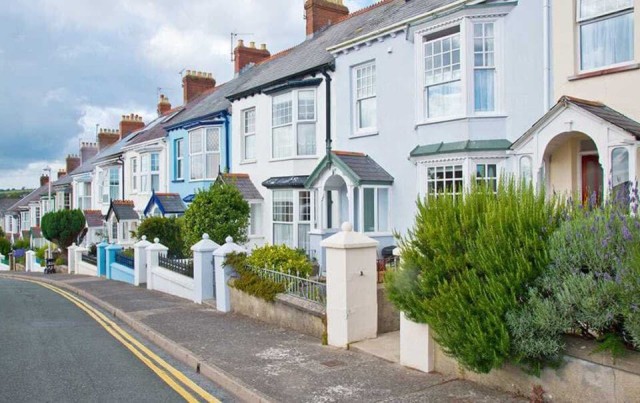

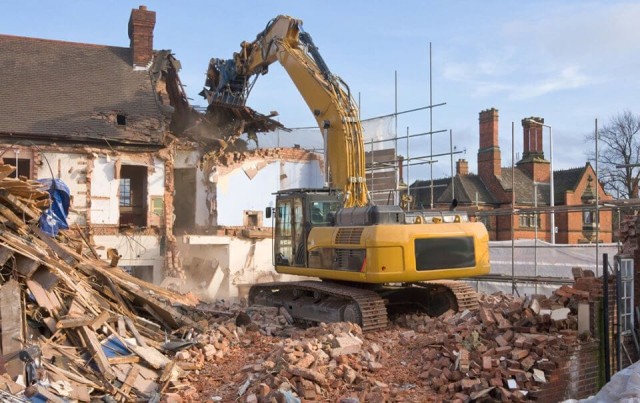
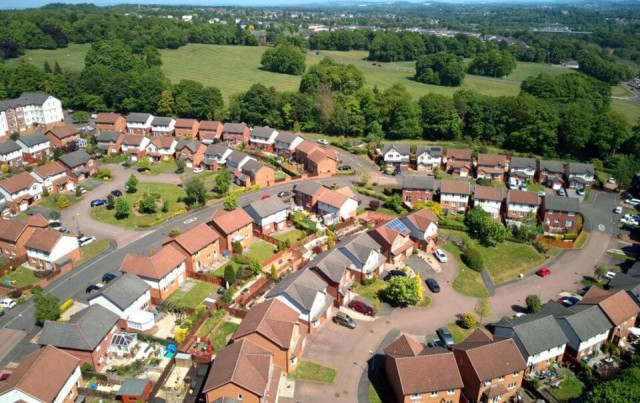

We specialise in crafting creative design and planning strategies to unlock the hidden potential of developments, secure planning permission and deliver imaginative projects on tricky sites
Write us a message